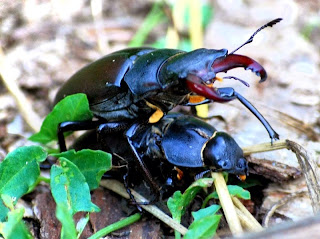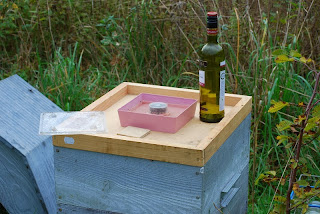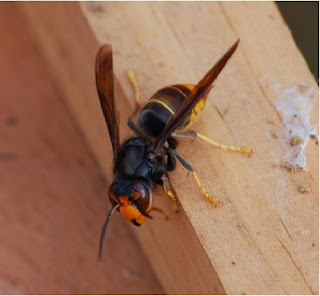The sun came out and stayed out today, the cold wind dropped for the first time in weeks, nice enough to take time out from cutting and clearing this afternoon and just have a stroll to see what's about, maybe have a closer look at some of the birds that have been flocking in the last few weeks, many drawn in by the farmers plowing and exposing easy pickings. There are some quite large gatherings of Starlings of a thousand or more which may not seem a lot for this species but it's been many years since I've seen such numbers here. Mixed flocks of finches in the hundreds, predominately chaffinch, with smaller flocks of goldfinch which tend to keep to themselves. Occasional groups of Lapwing and Golden Plover moving around and some good size groups of Skylarks flying up from the wheat and oil seed rape fields. Otherwise nothing of any interest, a handful of Bramling, the usual groups of tits, (Great, Blue and Long tailed), the occasional Stonechat and the resident Buzzards, Wrens and Robins.
This is the time of year to look for the eggs of the Brown Hairstreak butterfly on this years growth of Blackthorn which it uses more or less exclusively. It's a butterfly that is quite common throughout the wider region but isn't that common where I am given there is still a reasonable amount of Blackthorn dotted around but maybe the eggs suffer destruction from the flail or cutters which are used to smash any remaining hedgerows back here in late autumn.
Anyway while I was doing this I caught sight of some Spindle berries catching the sun with the pink outer covers popped open revealing the rich orange seeds - simply stunning and I'm easily distracted !
Spindle trees are prolific where I live and can be found throughout the region wherever there is a bit of native hedgerow left. The wood of the European Spindle Euonymus europaeus is very hard and as the English name implies one of it uses was for making wool spindles in both the UK and France although the French name Le Fusain or Fusain d'Europe translates to "charcoal" another one of its uses and highly regarded by artists.
The caterpillars of the Spindle Ermine moth quite often cause panic for people that don't understand them as they will frequently strip a tree of its leaves in spring. Needless to say the tree recovers and grows new leaves and the following year it all happens again.
The Kidney spot ladybird Chilocorus renipustulatus or Coccinelle des saules, (Willow ladybird), in French is said to be widespread but not common and today I chanced on half a dozen on the Spindle. I assume this is because the Spindle tree hosts Black bean aphids in winter which would provide them with nutrition.
Some Hoverfly species are still finding some nutrition when conditions allow, especially on dandelions that we can often find flowering even in the midst of winter. The "Marmalade" hoverfly, Episyrphus balteatus is a common species that overwinters in its adult stage and is relatively abundant this year. It is among the very few species of hoverflies capable of crushing pollen grains and feeding on them which must give it an edge when food is scarce.
A couple of other species I spotted today that overwinter as adults providing they survive were a rather tatty Red Admiral and a Green Shield Bug Palomena prasinathe. It's a species that changes colour in winter to brown and often enter houses and other buildings for shelter. They are completely harmless and feed on tree leaves, this one is on Field Maple.
Chris
















.jpg)








